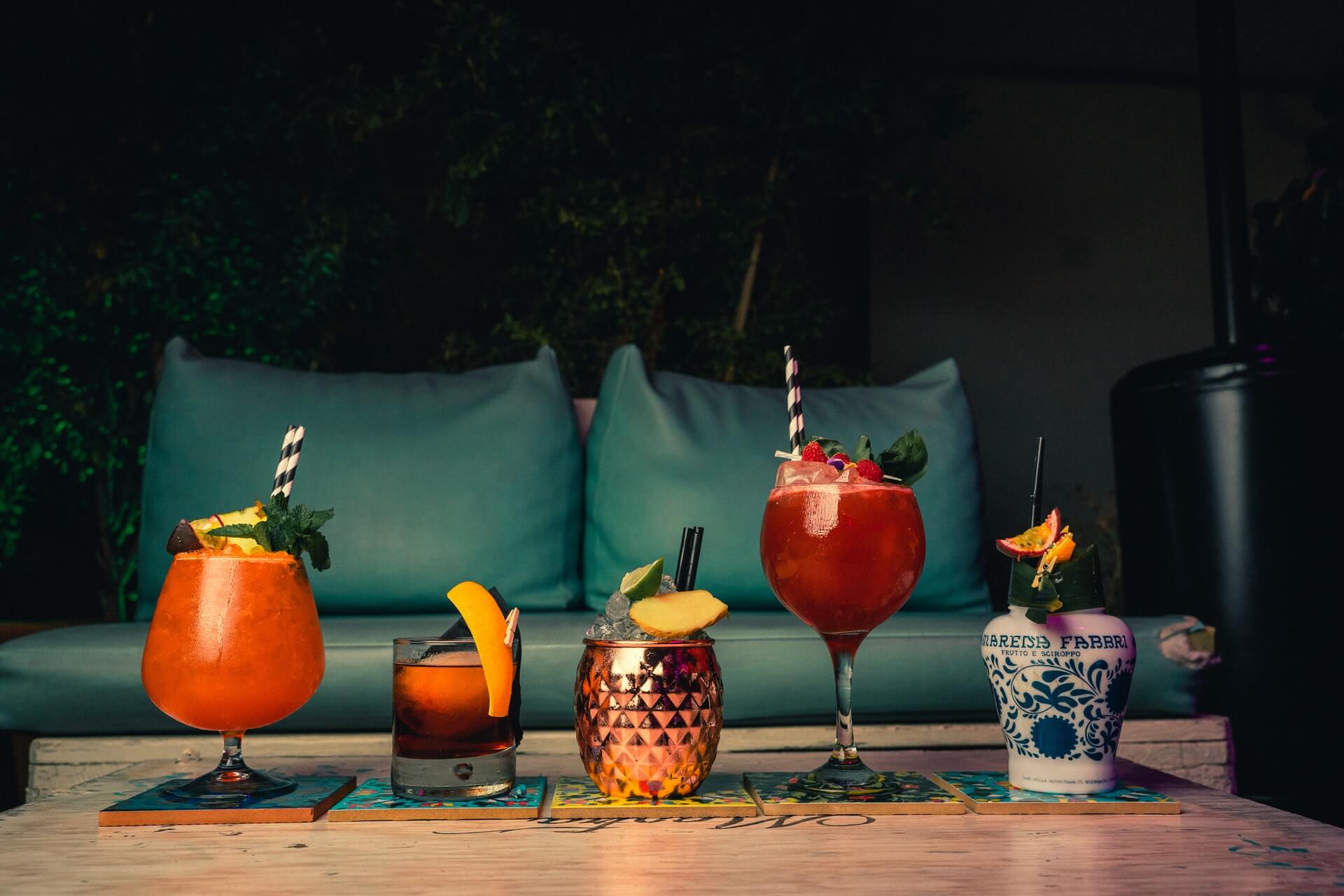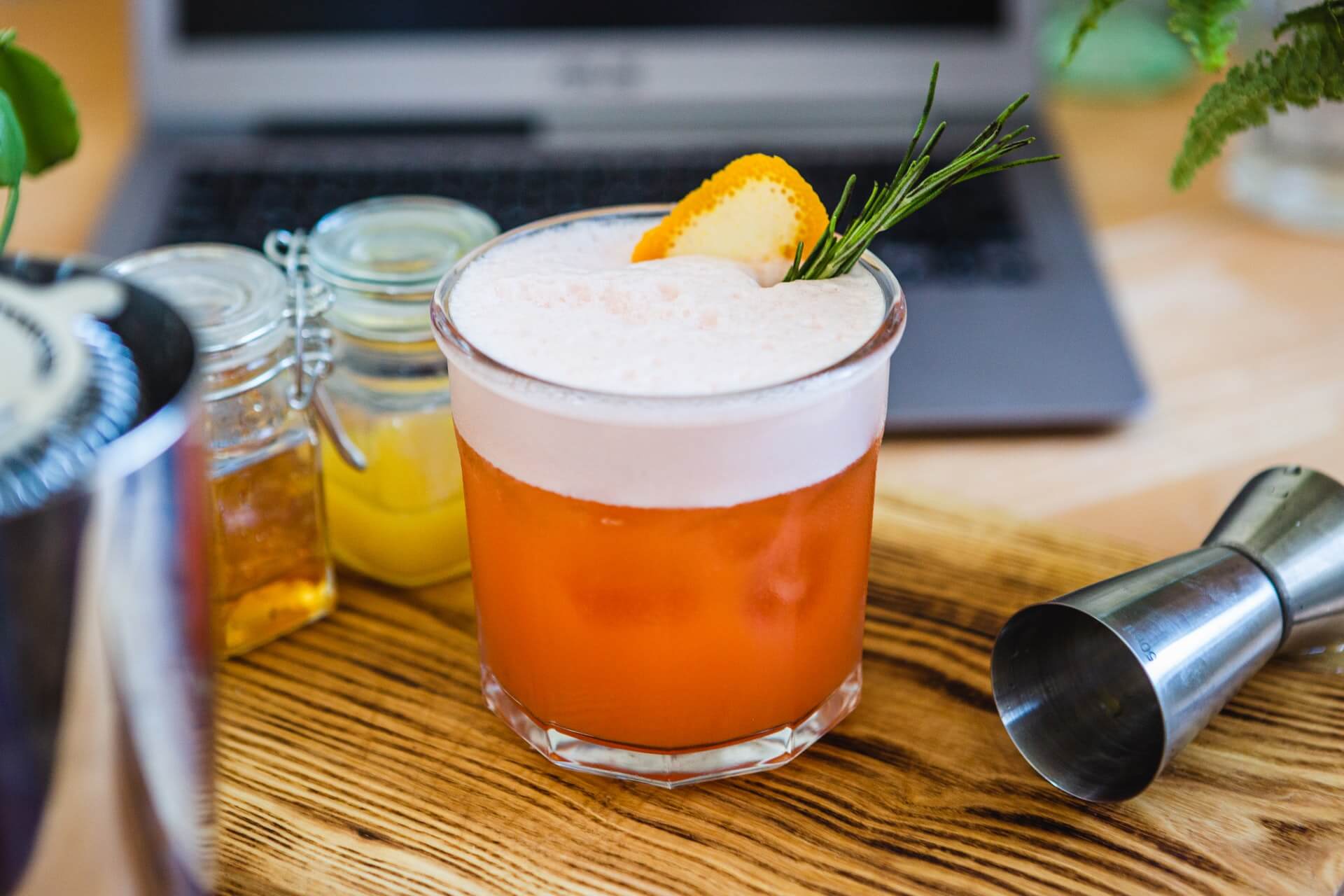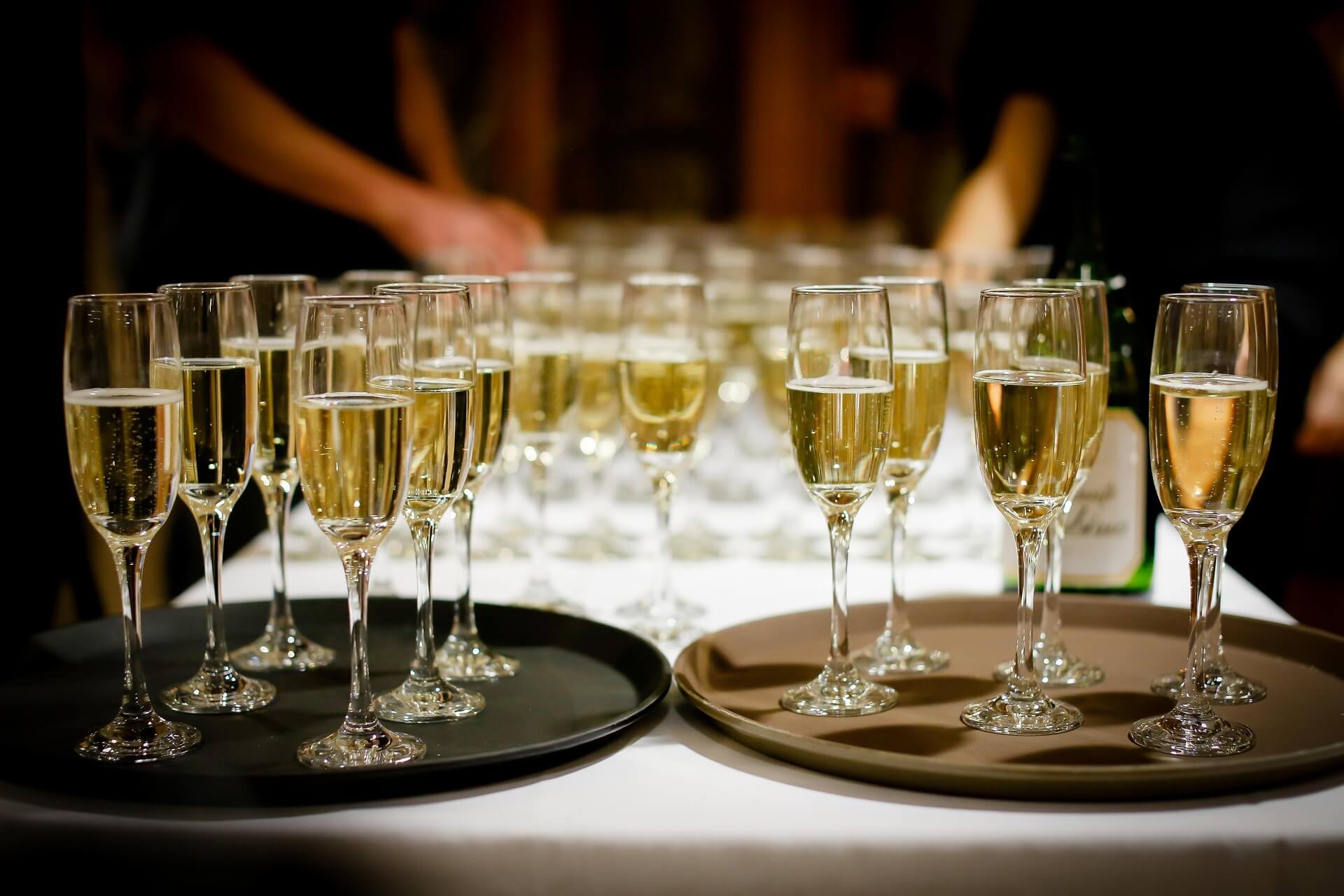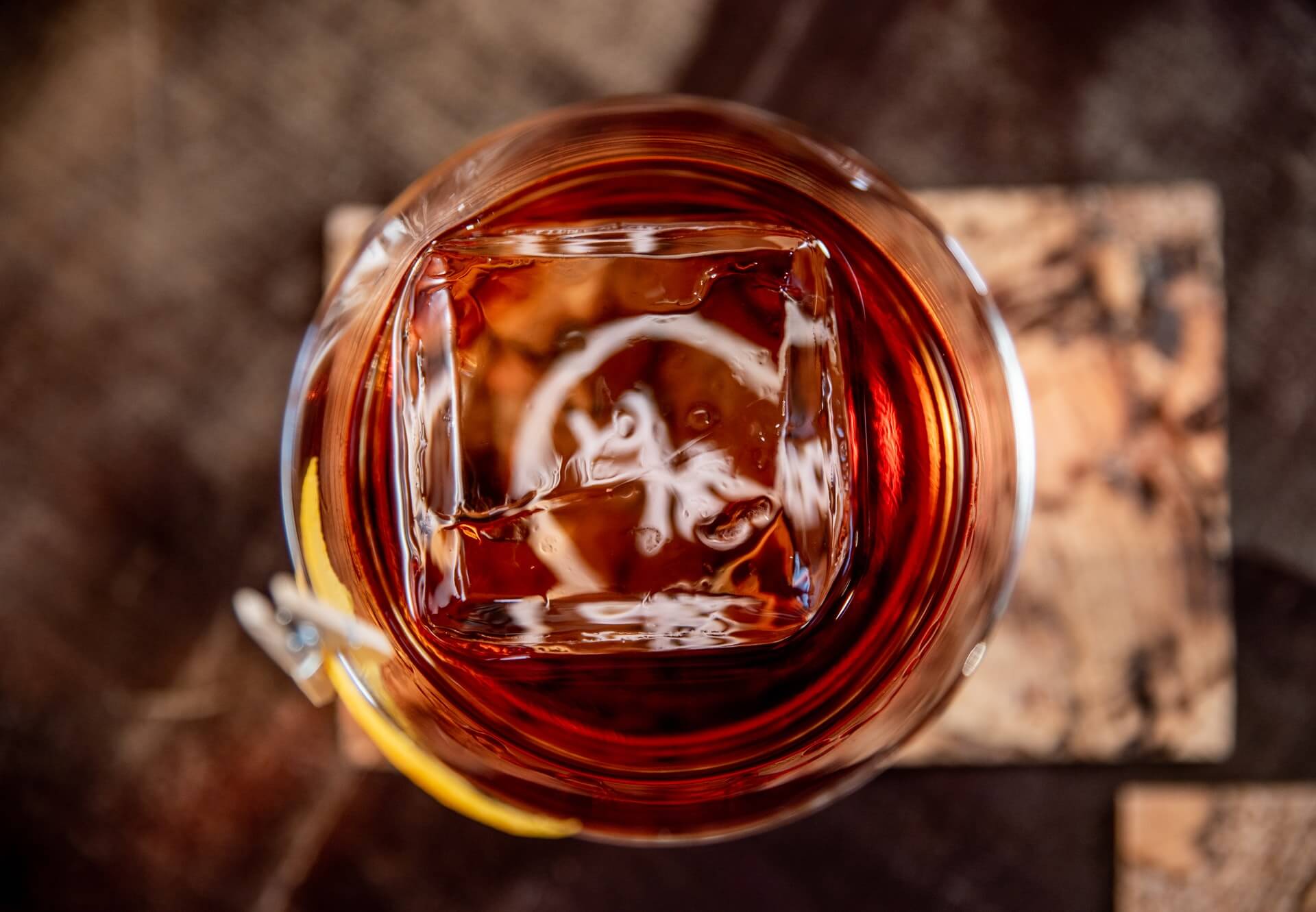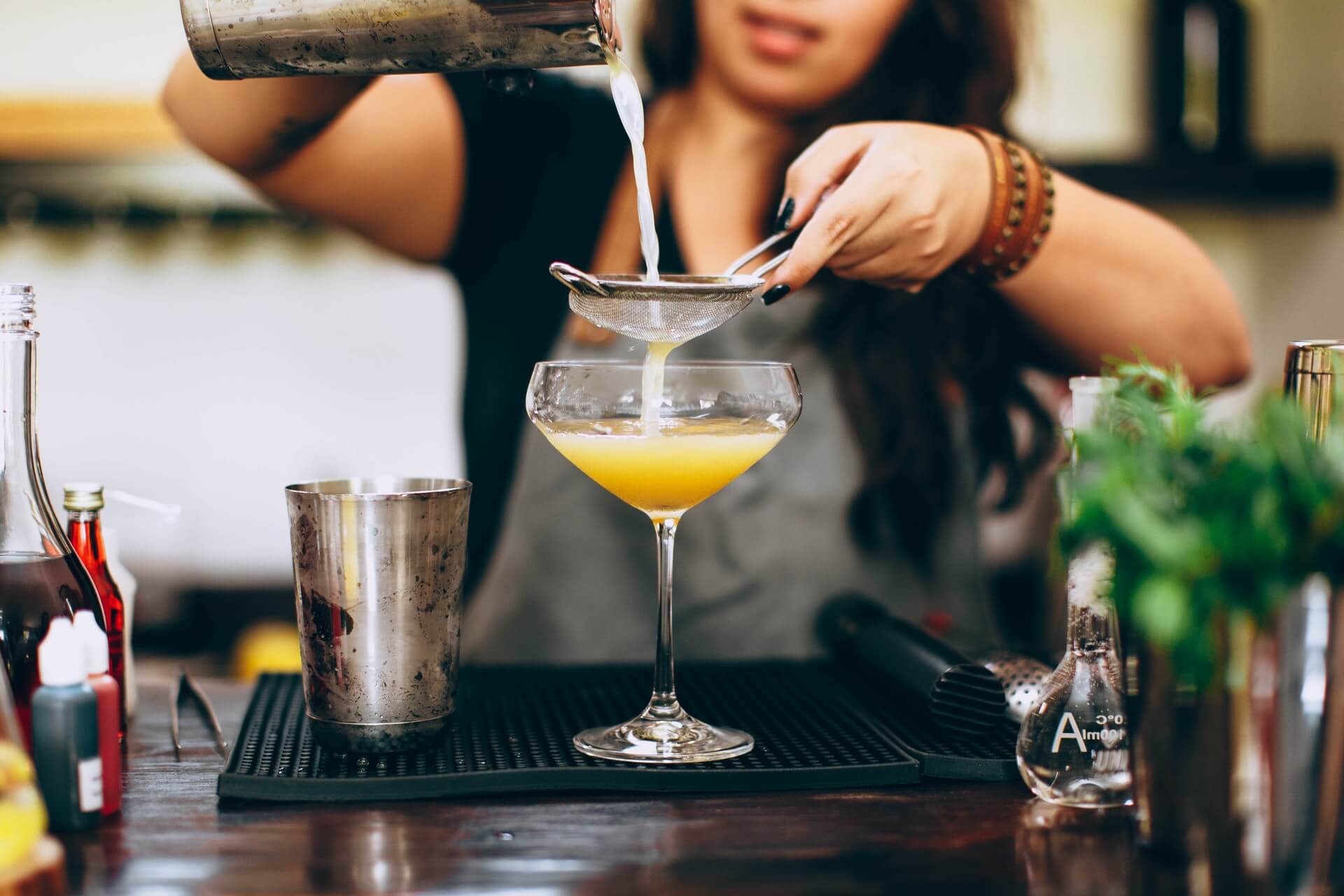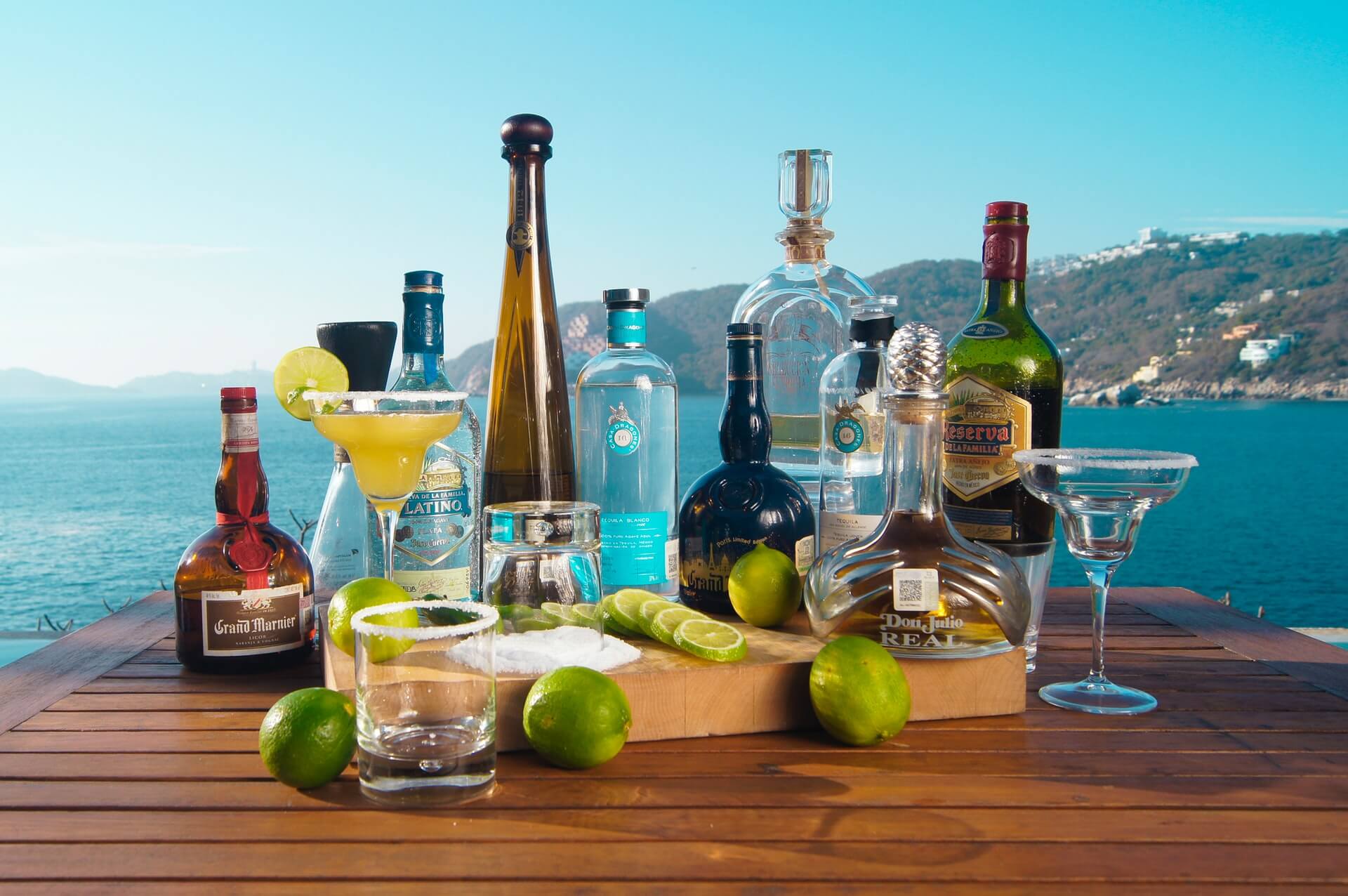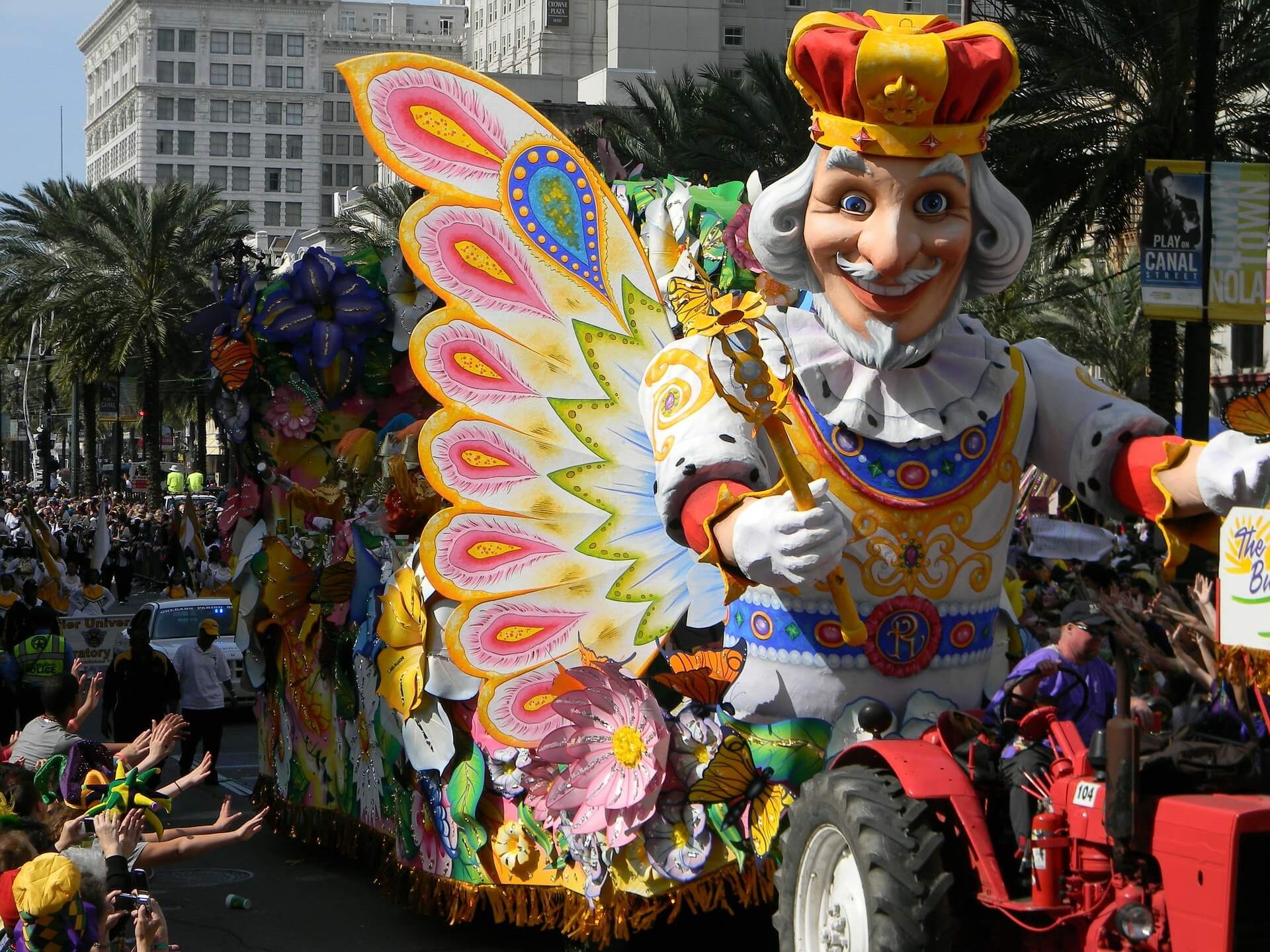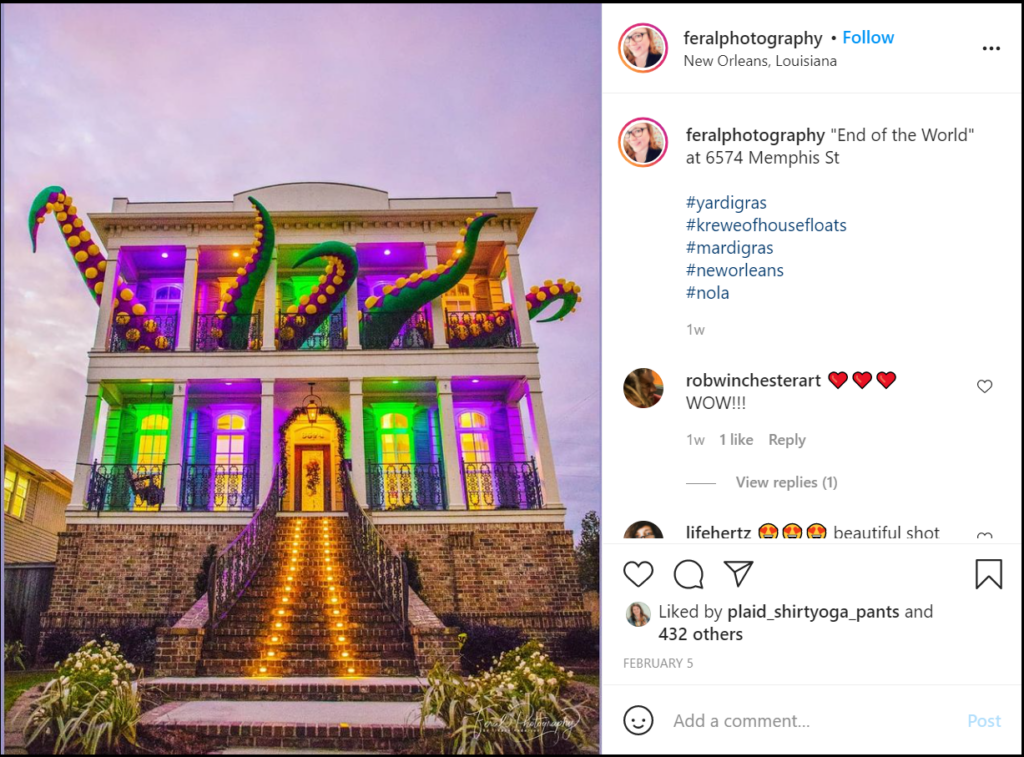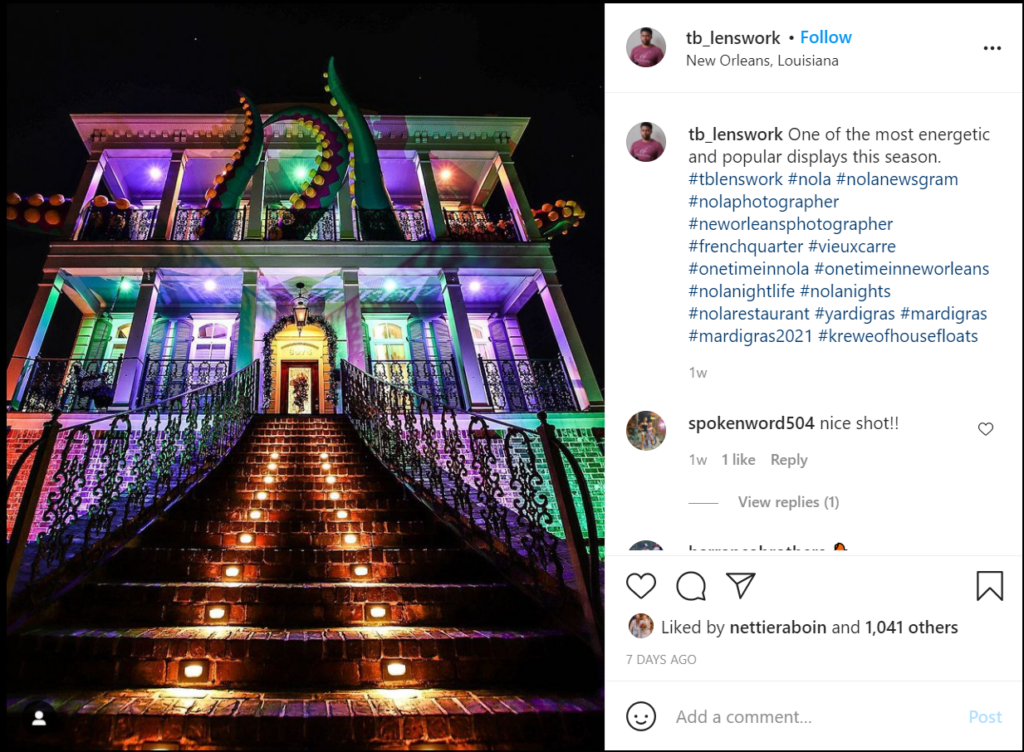2021 Kentucky Derby Drink Recipes
by David Klemt
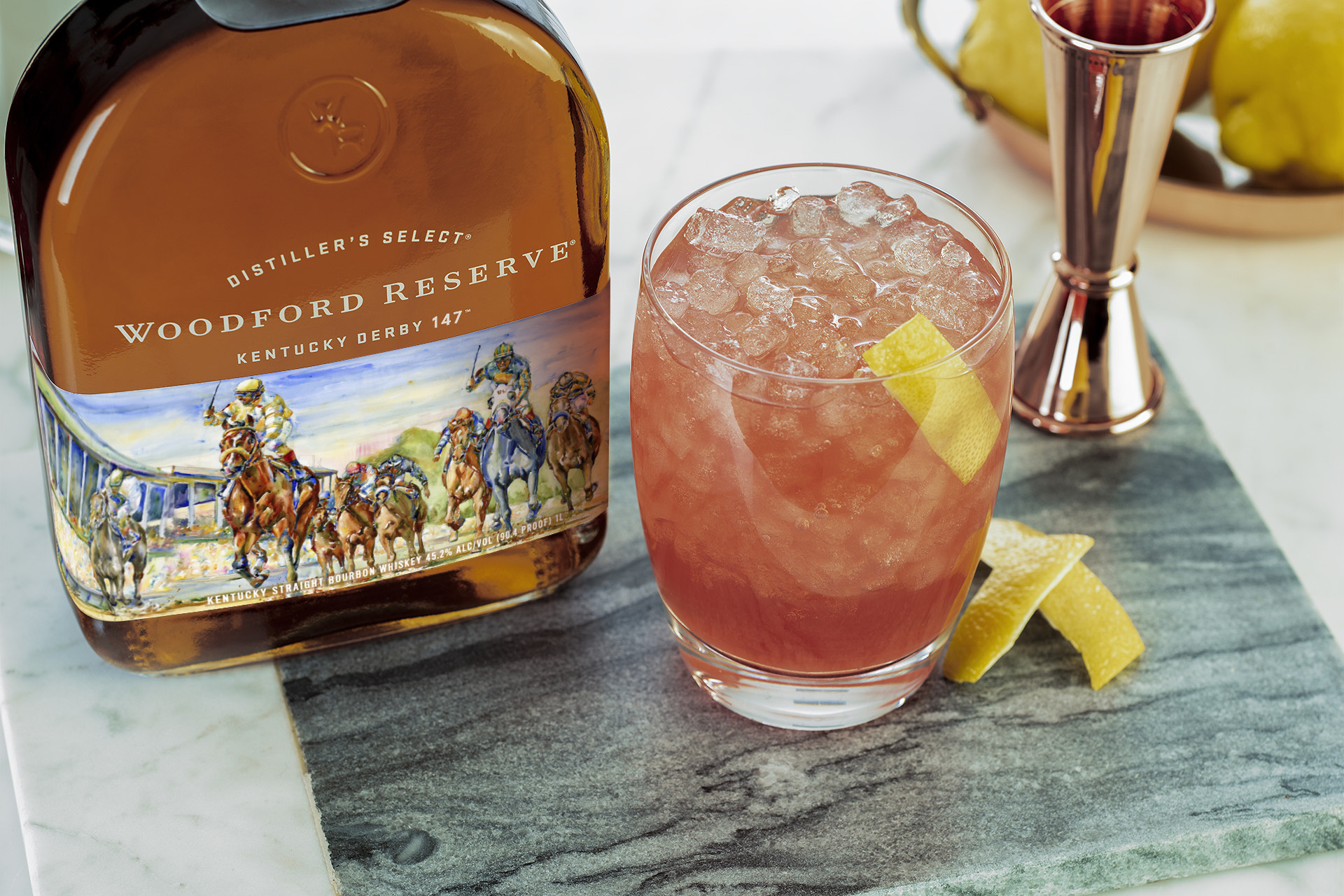
The 2021 Kentucky Derby takes place this Saturday, May 1. These cool drinks are perfect for the hottest two minutes in sports.
This year, the unbeaten Essential Quality is the favorite to win the 147th Run for the Roses. Hot Rod Charlie, Rock Your World, and Medina Spirit are also in consideration.
Personally, given the subject of this article—bourbon cocktails—we’d like to see Bourbonic take the first race in the Triple Crown.
Since Woodford Reserve is the official Presenting Sponsor of the Kentucky Derby, you can’t go wrong with the Woodford cocktails below.
Of course, the 2021 Woodford Reserve Derby Bottle makes these Derby drinks taste that much better.
Cheers!
Woodford Mint Julep
Recipe courtesy of Woodford Reserve
This is the traditional Derby Day cocktail. Churchill Downs will be pouring gallons of this classic.
- 2 oz. Woodford Reserve Straight Bourbon Whiskey
- 1/2 oz. Simple syrup
- 3 Fresh mint leaves
- Powdered sugar
- Crushed ice
Express the essential oils in the mint and rub them inside the glass (or a Julep cup, ideally). Add simple syrup, bourbon, and crushed ice. Stir, then garnish with more ice, fresh mint, and powdered sugar.
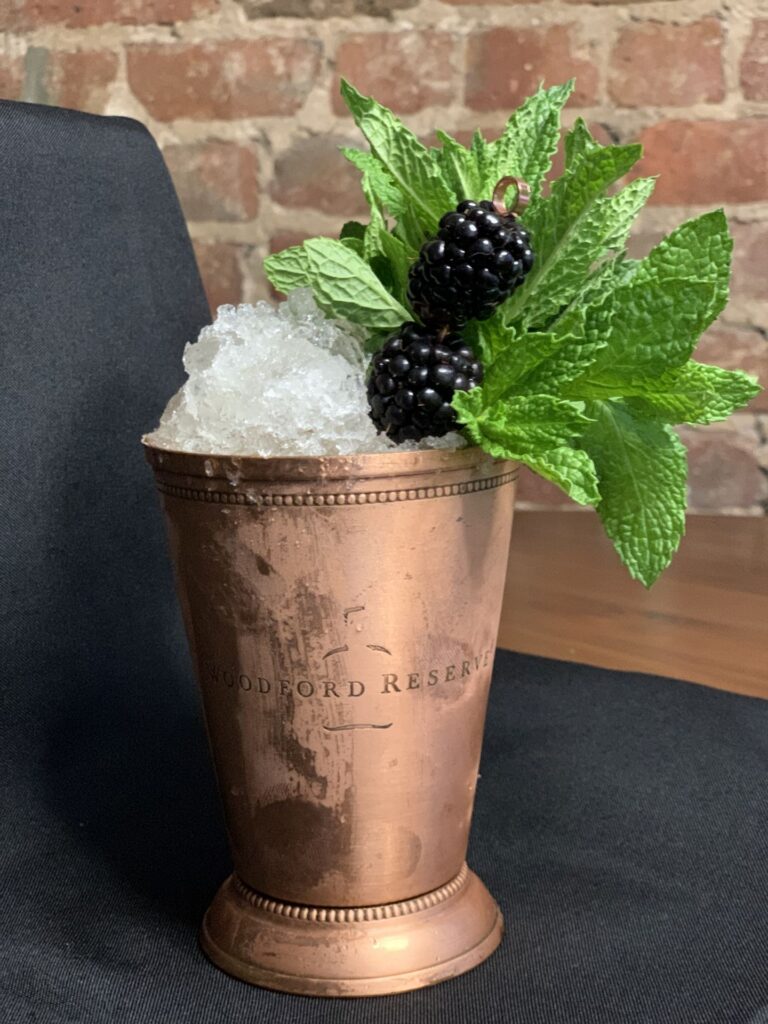
NYC Mint Julep
Recipe by Michael Toscano, Woodford Reserve Brand Ambassador
As loyal Bar Hacks podcast listeners may already know, Michael Toscano knows his way around an irresistible Mint Julep. When you’re done with this article, click here to listen to Episode 32 of Bar Hacks with Toscano.
- 2 oz. Woodford Reserve Distiller’s Select Bourbon
- 1/2 oz. Simple syrup
- 6-8 Blackberries
- Mint leaves
- Crushed ice
Muddle six blackberries with simple syrup and a healthy bunch of mint leaves (eight to ten). Add two ounces of Woodford Reserve Bourbon and fill the Julep cup with crushed ice. Stir and lift ice until the Julep cup is frosted. Garnish with two blackberries and a fresh sprig of mint.
Note: To build this cocktail precisely as Michael recommends on our podcast, add 1.5 ounces of Woodford to the Julep cup over crushed ice. Add more ice to create a mound on top of the cup, then float the remaining half-ounce of bourbon. Finish with a healthy dusting of powdered sugar and either nutmeg of powdered chocolate.
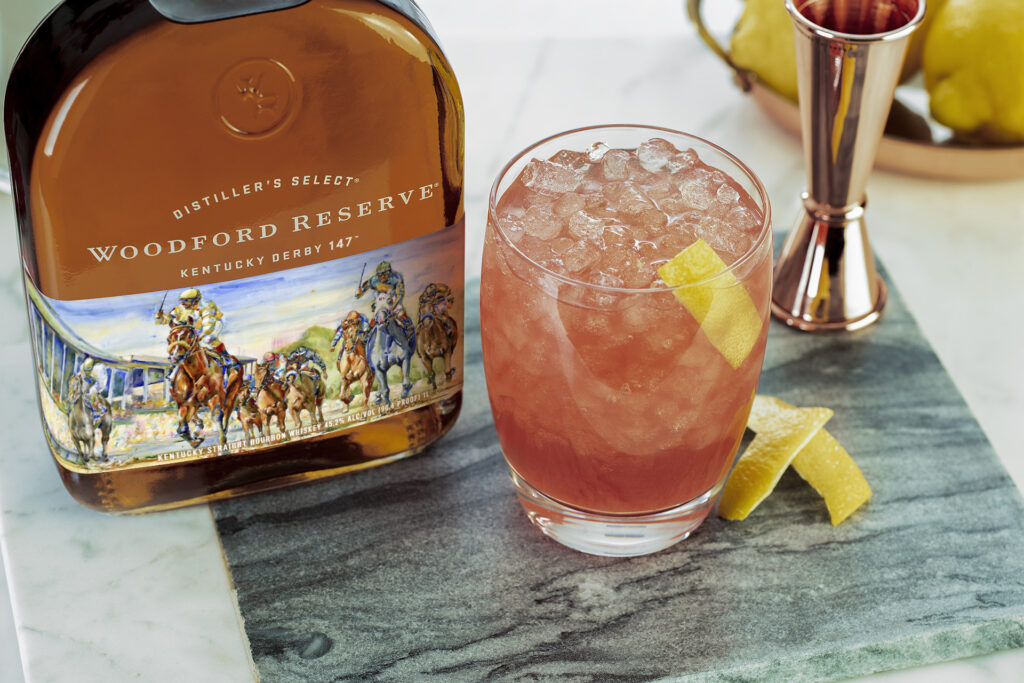
Woodford Spire
Recipe courtesy of Woodford Reserve
Some people may not know that this is the Official Cocktail of the Kentucky Derby. Most assume that title goes to the Mint Julep.
- 1.5 parts Woodford Reserve Straight Bourbon Whiskey
- 2 parts Lemonade
- 1 part Cranberry juice
- Crushed ice
- Lemon twist to garnish
In a mixing glass, mix Woodford Reserve, lemonade and cranberry juice with a bar spoon. Pour into a copper cup, add crushed ice to the top of the glass, and serve with a lemon twist.
Zero-proof Woodford Spire
Recipe courtesy of Woodford Reserve
Those choosing to enjoy Kentucky Derby festivities without alcohol will appreciate this refreshing drink.
- 2 parts Lemonade
- 2 parts Unsweetened iced tea
- 1 part Cranberry juice
- Lemon twist to garnish
- Crushed ice
Prepare and serve the same as the full-proof Spire.
Images: Woodford Reserve / Brown-Forman


